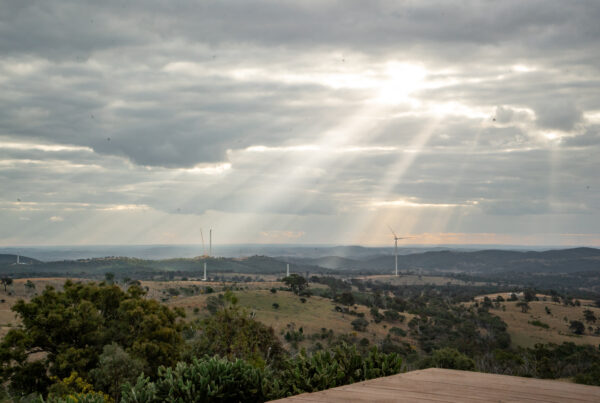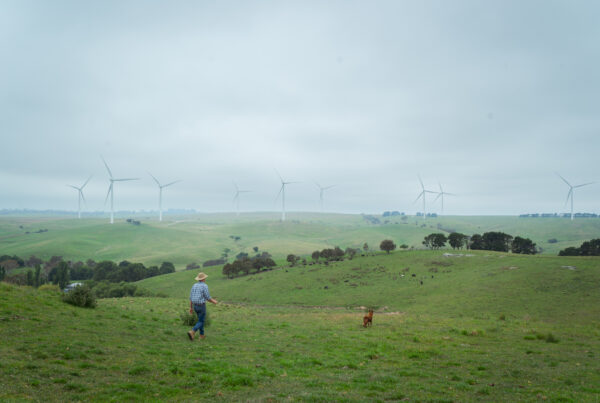
September 2018
Frost risk is increasing but farmers can prepare
By Dr Steven Crimp, ANU
Over the weekend, while much of the Australian wheatbelt shivered through freezing temperatures and crops iced over, I was significantly warmer in the tropical climate of Papua New Guinea.
I was there working with my in-country project partners to examine how seasonal climate forecast information can be made available to rural communities in a context they understand and can respond to.
From the paddocks of Harden, to the food gardens of the PNG highlands, farmers and researchers are grappling with the challenges of a variable and changing climate and the implications this has for productivity, rural livelihoods and food security.
For PNG, responding to these challenges means overcoming barriers like the absence of seasonal forecast information. In Australia it means constantly re-assessing our risk management strategies to ensure that they reflect the best understanding of the changes in climate and weather and using this to forge plans for the future.
So what does all this have to do with the frost that swept across WA over the weekend?
The inescapable reality is that the frost risk across the Australian wheatbelt has changed as a result of climate change. We are seeing a broadening of the “frost window” by as much as 40 days in some regions largely driven by an increase in the incidence of “late-frost” events.
We understand this to be in response to the atmospheric warming changing synoptic circulation, particularly resulting in the southward progression of the sub-tropical ridge. This shift has reduced the number of cold fronts that bring winter rains and encourage night-time conditions where frosts can occur.
The good news is, there are things farmers can do. Research done by colleagues and I across eastern Australia clearly shows that using a flexible planting window that accounts for the late frost conditions that have occurred over the last decade can improve profitability over strategies that use either a fixed planting date or one that based on frost risk based on much older temperature data.
Anecdotally, we’re seeing signals that the frost risk won’t just disappear over the short term, despite our warming climate, with late frost occurrence still a significant production risk for the next decade and beyond.
As a scientist, I’ve spent much of my adult life working in Australian farming systems. What I have learnt over two decades of scientific research won’t come as a surprise to most farmers who see the paddock from the tractor cab, rather than the laboratory. Changing climatic conditions are making it increasingly challenging for farmers to operate productively and profitably, at the very same moment as demand for food and fibre is growing across the world.
From the frosted paddocks of the wheatbelt, to the highlands of PNG, farmers are on the front line of climate change.





